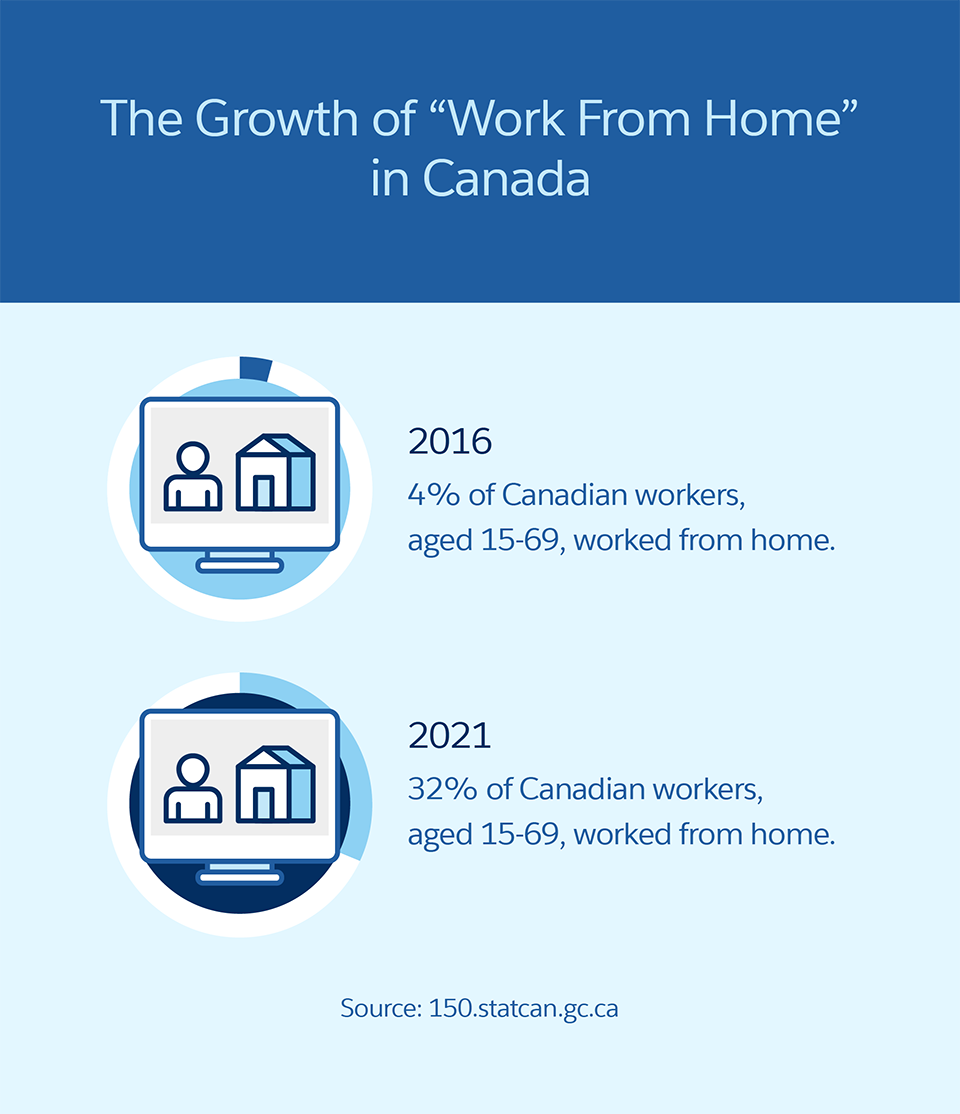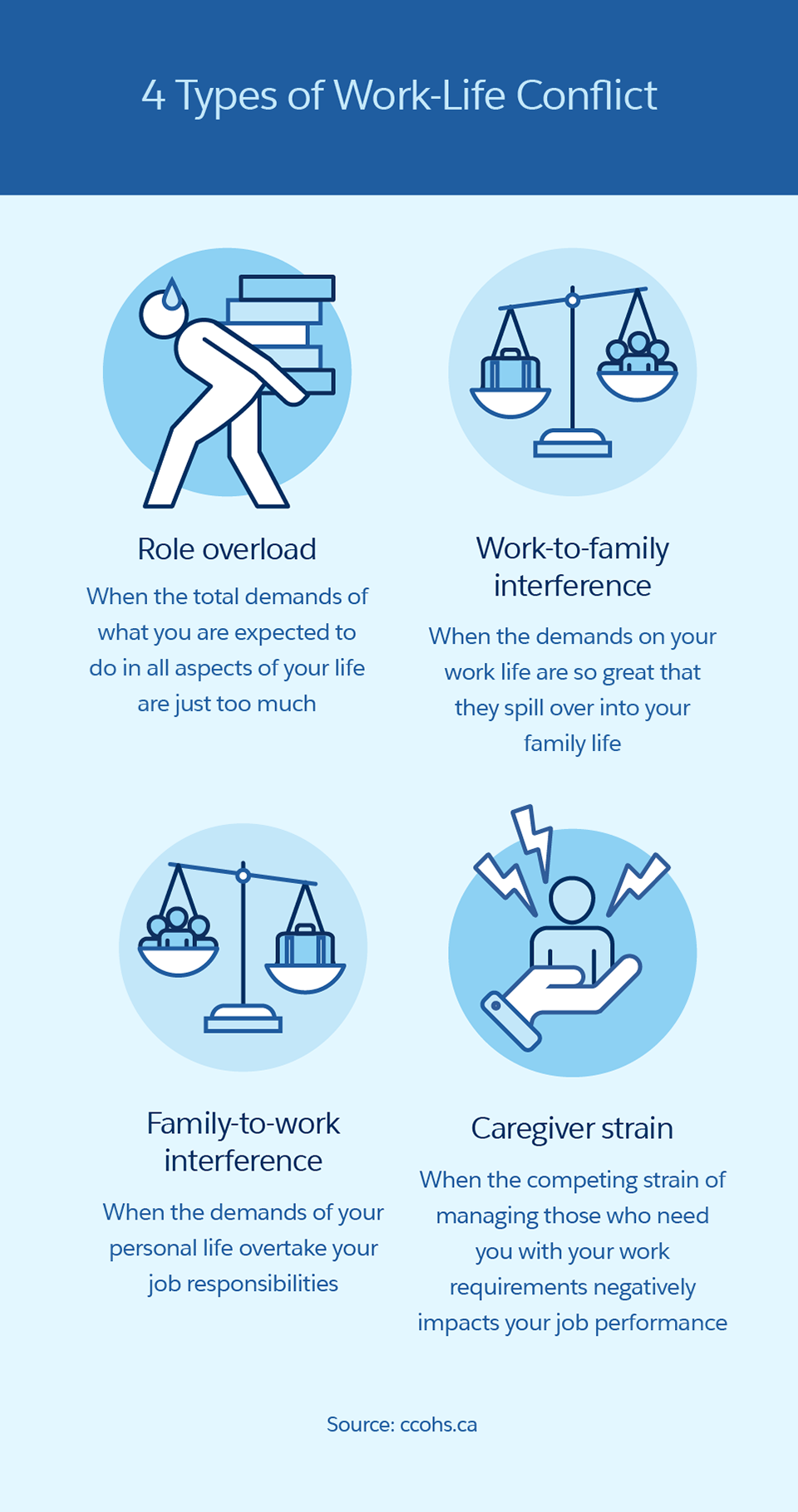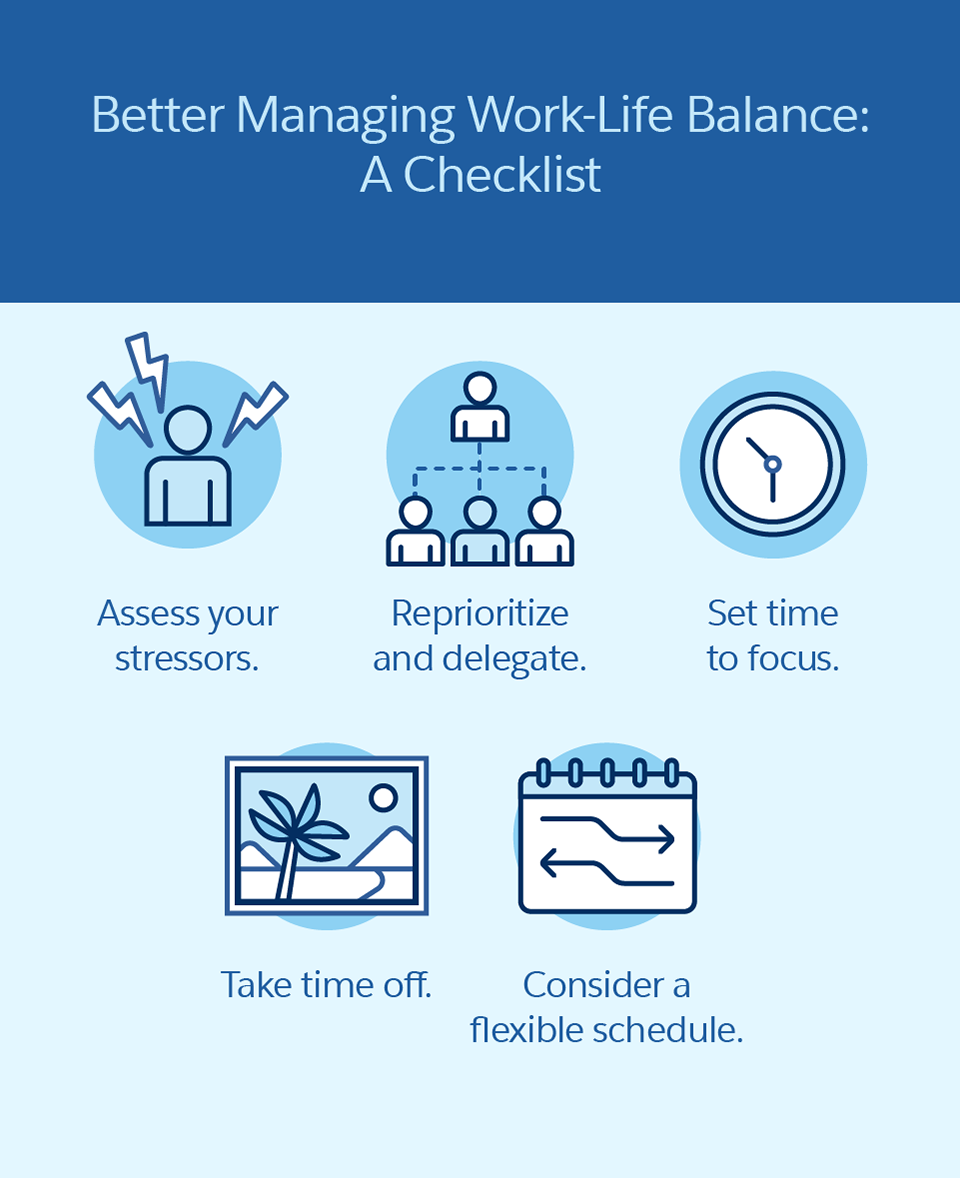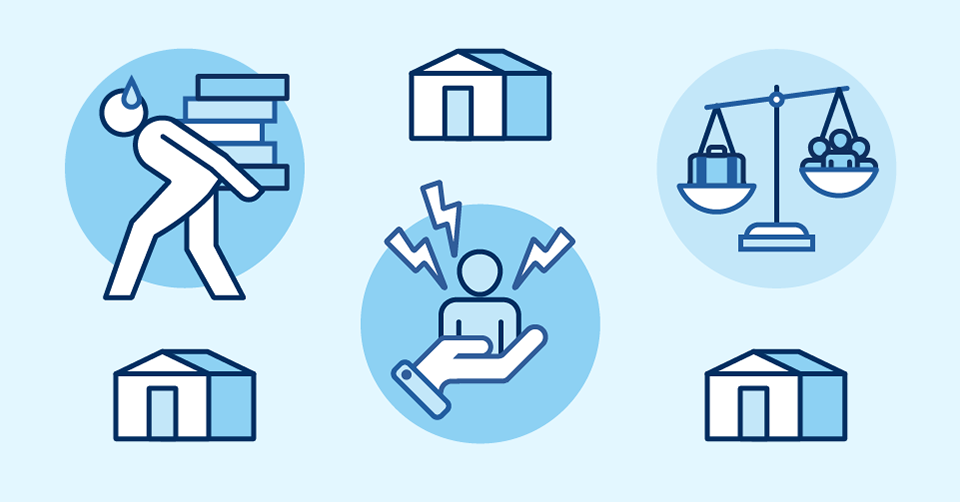Working from home is an increasingly permanent fixture of professional life. According to Statistics Canada, the number of people working from home increased eight-fold from 2016 to 2021 – from 4 per cent of Canadian workers to a whopping 32 per cent.
Of course, there are some real benefits to working from home. You can’t beat that commute! And working from home generally adds more flexibility to your day and your schedule.
However, working from home does have its drawbacks. One of these is the increasing encroachment of your job on the other aspects of your life – not to mention your life on aspects of your job. Achieving work-life balance, while never easy, is a lot harder to maintain when your office is your kitchen. Additionally, many workers who thrive in social settings may feel isolated in a work-from-home model. As noted in a recent study by PWC, “46 per cent of Canadian employee respondents claim mental health issues have been one of their biggest work challenges since the start of the pandemic.”
In this article, we will explain what work-life balance really means. Whether you're learning how to create better work-life balance for yourself, crafting a better employee experience at a managerial level, or building your company culture from the ground up, here is some helpful advice on how anyone can achieve better work-life balance in today's hybrid working world.

What Is Work-Life Balance?
The methods a person uses to juggle their work and life demands is, broadly speaking, work-life balance. There are often two main aspects that cause people to feel like their work-life balance is out of whack. The first, is feeling like you have a lack of time to get everything done. The second, is a feeling of being overwhelmed from too many responsibilities.
The Canadian Centre for Occupational Health and Safety breaks these “work-life conflict” aspects into four categories: role overload, work-to-family interference, family-to-work interference, and caregiver strain.
Role overload
Have you ever felt like you’re spinning too many plates, and one is bound to drop? Picture this: You have a big Zoom presentation this afternoon, your child needs help on their science fair project (which is due tomorrow!), you promised to help with your community garden, and you still need to do the laundry – you’re out of clean shirts!
That is the essence of role overload. Role overload is when the total demands of what you are expected to do in all aspects of your life are just too much. This leaves you with a sense of desperation, feeling that you can’t do any of these expectations well or comfortably.
Work-to-family interference
Work-to-family interference occurs when the demands on your work life are so great that they spill over into your family life. This could happen with scheduling conflicts. Perhaps you need to work late, and it causes you to miss your child’s school performance. But it can also happen in more subtle ways. For instance, worrying about your job may make you unable to concentrate or enjoy much-needed family time. Or the stress of your job may make you quick to criticize loved ones.
Family-to-work interference
Family-to-work interference is the inverse of work-to-family interference. It occurs when the demands of your personal life overtake your job responsibilities. For example, early in the pandemic, many were trying to coordinate the remote education of their children with work. The line between family and work became increasingly blurred, and people found themselves trying to do too much at once. Family-to-work interference can also manifest if a generally stressful home environment impacts your ability to concentrate at work. (We’re looking at you, pandemic puppies!)
Caregiver strain
Caregiver strain is a term that encompasses the daily burdens in caregivers’ lives related to the care and assistance of others. It may include taking young children to school or medical appointments, assisting an elderly or sick relative with daily needs, preparing meals for others, and so forth. As a caregiver, you can be so focused on doing right by others that you sacrifice your own wellbeing in the process. The competing strain of managing those who need you with your job requirements can seriously impact your productivity at work.

Why Work-Life Balance Matters
When work-life balance is not in equilibrium, the employee suffers. Studies have proven that long working hours can lead to stress, depression, and even suicidal ideations.
Poor work-life balance also impacts employee productivity in the workplace. Those who do not have a good work-life balance are less efficient, less productive, and less motivated. They also tend to take more sick days. Eventually, a poor work-life balance can lead to burnout or, even worse, employee resignation.
How to Better Achieve Balance
There are many ways to rediscover balance when your work and life responsibilities are off-kilter. Below we provide several tips to help you reassess your current needs (or the needs of your team) and take action.
1. Assess your stressors
Understanding what is causing you the most stress is the first step in understanding how to deal with it. One way to see where your time is being spent is by using a time tracking tool.
Certain apps work in the background of your computer and track how you are spending your time. You can check to see your overall productivity, if certain sites are breaking your focus, and where you are simply wasting time. You can use this knowledge to better understand what habits you need to give up and where you need to cut back.
2. Reprioritize and delegate
There is no shame in saying no. Taking on more than you can handle is not good for your work-life balance, your team, or your projects. While it can be scary to say no to your boss or your clients, be firm and polite and explain why you simply do not have capacity.
If you really do not want to say no to a new opportunity but know you don’t have time to fully take it on, consider asking your supervisor to reshuffle or delegate some of the existing work you already have. You can also ask to have deadlines moved or more support from your colleagues.
This same theory applies to managers who see their team being overworked. Check in often, and destigmatize asking for help. In your weekly or monthly meetings, incorporate delegating and re-delegating workflows as a part of your agenda, asking, “Does anybody feel like they have too much on their plate?”
3. Schedule time away from work
Speak to your supervisor or clients about setting firm work boundaries for yourself and/or your team. Make clear that you will be unreachable during certain hours. If there is a big project coming up, speak to your supervisor or clients ahead of time to let them know how you will handle their project and help ease concerns.
Then execute on that. You may choose to block time out on your calendar each day when you will be unreachable. For instance, you can block out your evenings to make dinner and be with your family, or enjoy offline time from 6 a.m. to 7 a.m. to go to the gym. During those hours, turn your computer and phone off.
4. Set time to focus
With social media platforms, emails, texts, and chat platforms, it can feel as though we are constantly being barraged with new information. It can also feel like if we don’t check these platforms constantly, we are missing out. We check email, chat, and other communication tools, on average, every six minutes. More than a third of people check every three minutes or less.
This constant checking and monitoring leaves little time for focused work.
Put your phone or computer on ‘do not disturb’ for set times every day. Mark this time off on your calendar. If this feels daunting, you can start small with just 15 minutes at a time, then work your way up to longer periods.
5. Take time off
Use those vacation days! Taking vacation days leads to improved physical and mental health, increased motivation, decreased burnout, and improved family relationships.
While taking a few weeks off is wonderful, you may also consider taking more frequent, shorter trips. Quarterly getaways can stave off feelings of burnout and give you additional opportunities to connect with your loved ones (or just with yourself).
For managers, your team will follow your lead. Believe it or not, sometimes the best thing you can do is take a vacation, showing your employees that self-care is important and valued, even at your company’s higher levels.
6. Consider a flexible schedule
A flexible schedule allows workers to take control of their lives and better manage their work-life balance. A recent study found that 55 per cent of working Canadians found flexible working arrangements to be even more valuable to them than career progression.
Many companies already allow for flexible schedules. Many others are considering it. If working a non-traditional schedule would help you (or your team) balance work and life better, ask for it. Chances are, you could be more productive and more satisfied with your job.

Conclusion
It can feel scary to impose balance on a chaotic work situation. You may worry that you will no longer be respected at work, or that you will lose an important client.
However, by setting boundaries, you and your team may be better equipped to succeed. Those who do not set boundaries are those who burn out. When you create space for life outside of work, you allow yourself and your team to recharge and accomplish great things.


